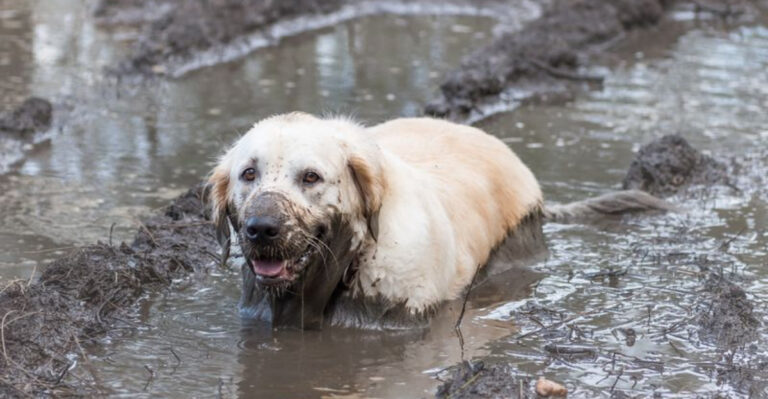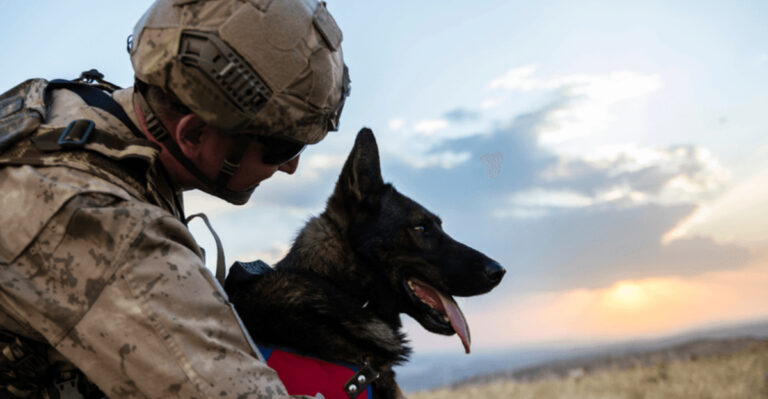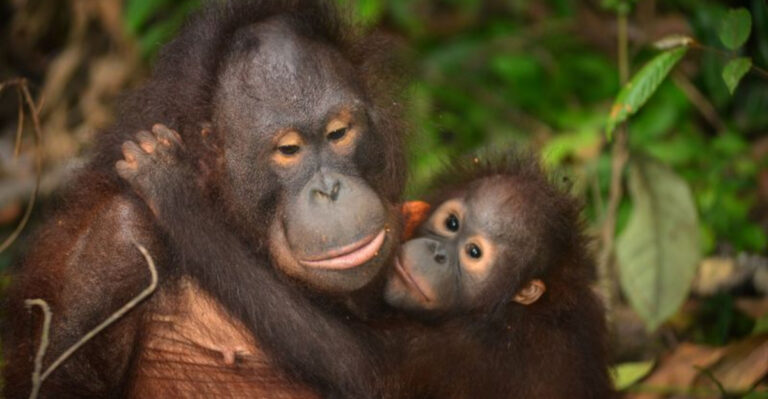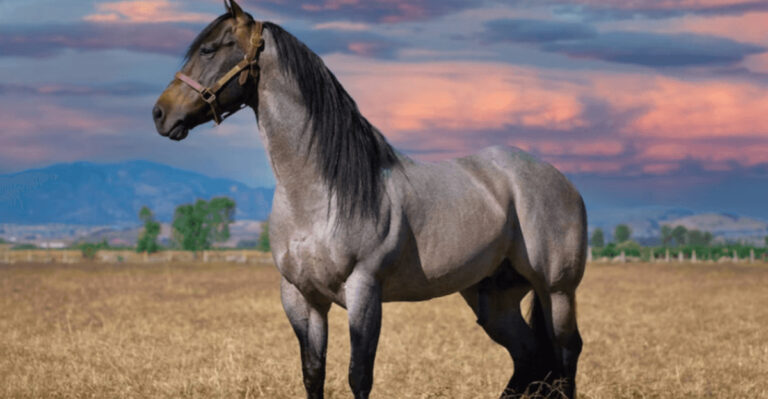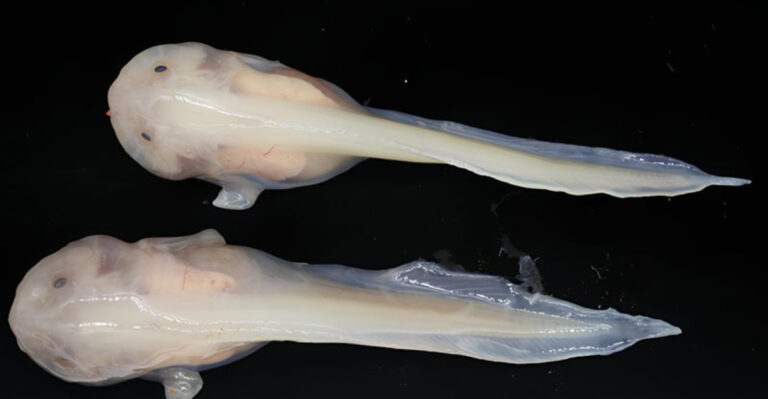10 Key Dinosaur Species That Ruled During Each Prehistoric Era
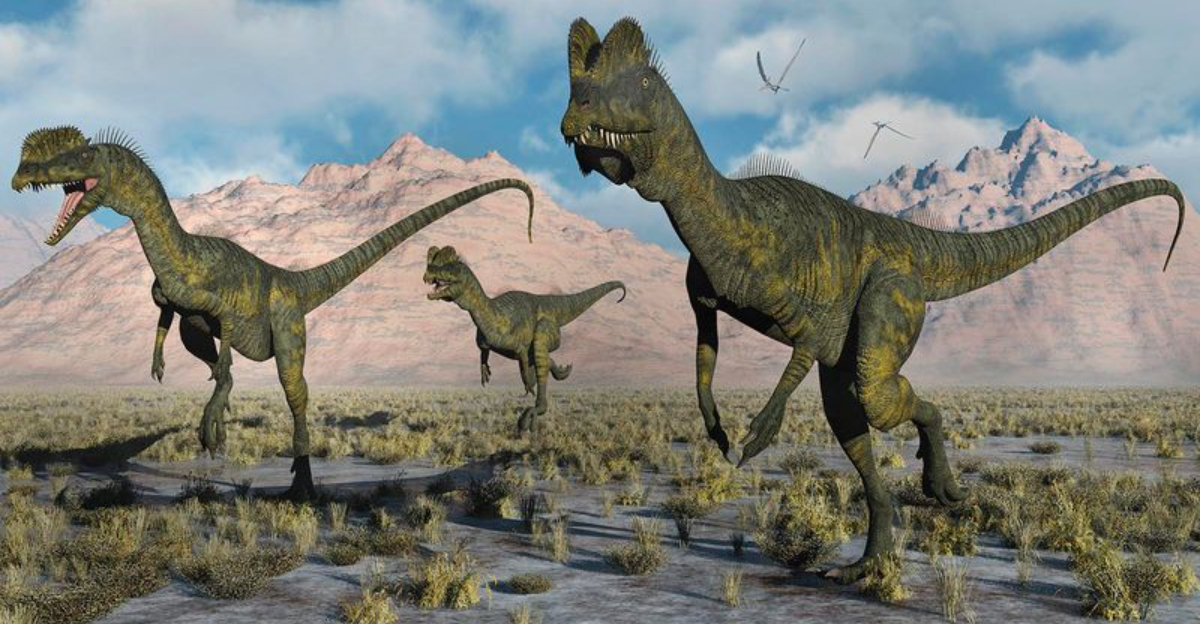
Have you ever wondered which dinosaurs dominated Earth’s ancient landscapes? Long before humans walked the planet, these magnificent creatures ruled for over 165 million years!
From tiny swift hunters to massive plant-eaters, dinosaurs evolved across different prehistoric time periods, each featuring dominant species perfectly adapted to their environments.
Join me on a journey through time to meet the most impressive dinosaur rulers from each major prehistoric era.
1. Eoraptor: The Dawn Runner
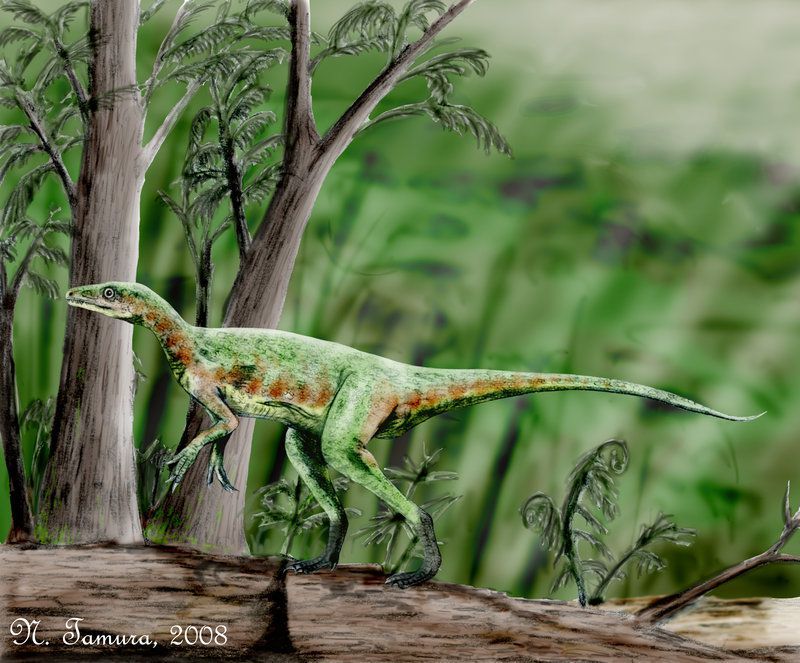
Meet one of Earth’s earliest dinosaurs from the Late Triassic period, about 230 million years ago. Measuring just 3 feet long and weighing around 22 pounds, Eoraptor was small but mighty – like a turkey-sized pioneer of the dinosaur world.
Scientists consider this little speedster especially important because it shows features of both meat-eating and plant-eating dinosaurs. Eoraptor’s mixed dentition suggests it was an opportunistic omnivore, munching on whatever food was available.
Discovered in Argentina’s Valley of the Moon in 1991, this primitive dinosaur helps paleontologists understand how later dinosaurs evolved. Its name means “dawn thief,” perfectly capturing its place at the beginning of dinosaur history.
2. Plateosaurus: The First Giant Plant-Eater
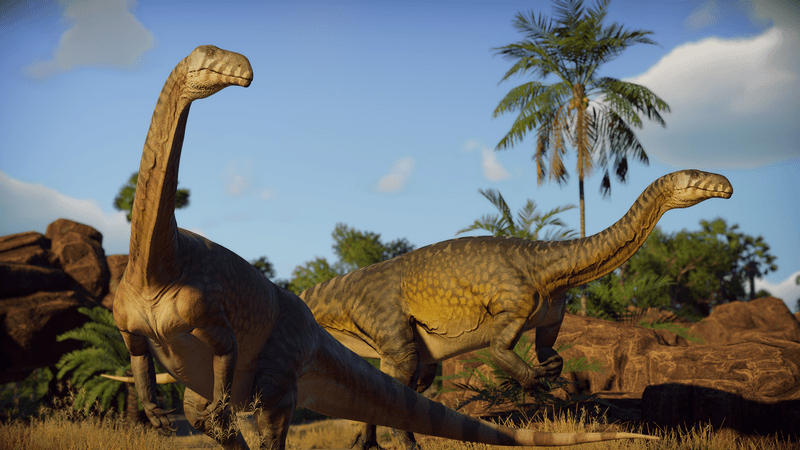
Standing on its hind legs, Plateosaurus towered up to 33 feet long with a surprisingly elegant neck stretching toward treetops. This Late Triassic herbivore (about 214-204 million years ago) represents one of the first truly large plant-eating dinosaurs.
Hundreds of Plateosaurus fossils have been found across Europe, especially in Germany, Switzerland, and France. Their abundance tells scientists these dinosaurs likely traveled in herds, munching on prehistoric foliage with their leaf-shaped teeth.
Unlike later sauropods, Plateosaurus could walk on either two legs or four, giving it versatility in its forest habitat. As an early prosauropod, it pioneered the body plan that would eventually lead to the largest land animals ever – the massive sauropods.
3. Dilophosaurus: The Double-Crested Hunter
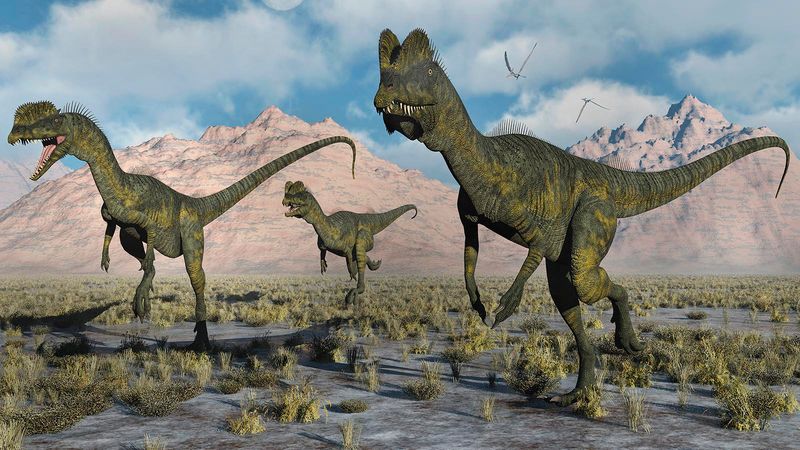
Forget what you saw in Jurassic Park – the real Dilophosaurus didn’t spit venom or have a neck frill! This Early Jurassic predator (about 193 million years ago) was actually much larger than portrayed in movies, reaching 20 feet long and weighing half a ton.
The most striking feature was its pair of thin, parallel crests atop its skull – likely used for display to attract mates or intimidate rivals. These fragile structures wouldn’t have been useful in combat but made for an impressive visual statement.
Found primarily in Arizona, Dilophosaurus hunted across ancient floodplains. With slender but powerful jaws and sharp claws, this agile carnivore probably preyed on smaller dinosaurs and primitive crocodilians in its lush Early Jurassic world.
4. Brachiosaurus: The Giraffe of the Jurassic
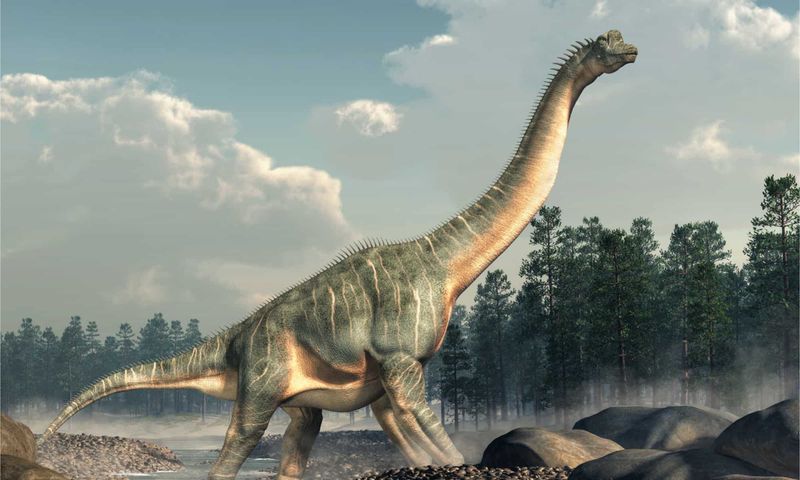
With its front legs longer than its back legs and an incredibly long neck, Brachiosaurus truly deserves its name meaning “arm lizard.” This massive herbivore from the Late Jurassic (154-153 million years ago) could reach heights of 40-50 feet – taller than a four-story building!
Unlike many dinosaurs, Brachiosaurus held its neck upright like a modern giraffe. This unique posture allowed it to browse vegetation from treetops that other dinosaurs couldn’t reach, giving it a special ecological niche.
Weighing up to 80 tons, these gentle giants needed to eat constantly to maintain their enormous size. Their nostrils sat high on their heads, leading some scientists to once theorize they might have been semi-aquatic – though most now believe they were fully terrestrial treetop browsers.
5. Allosaurus: The Lion of the Jurassic
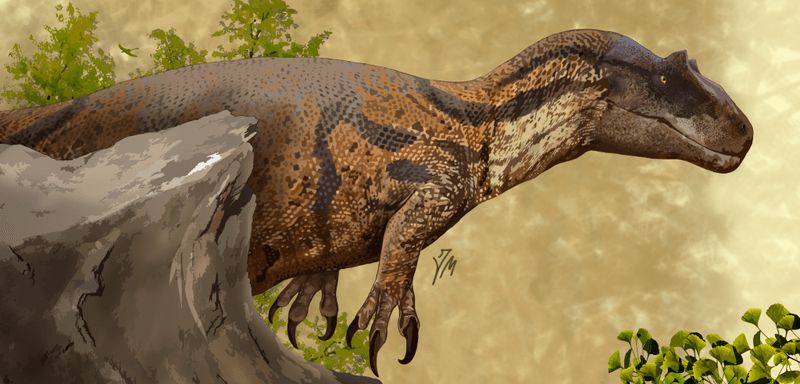
Stalking across western North America during the Late Jurassic period (155-145 million years ago), Allosaurus was the apex predator of its time. At 28-33 feet long and weighing over 2 tons, this fearsome carnivore had a massive skull filled with dozens of serrated, knife-like teeth.
What made Allosaurus unique was its hunting style – evidence suggests it used its upper jaw like a hatchet, swinging its head downward to slash at prey with its teeth. Its powerful arms ended in three-fingered hands with sharp claws perfect for grasping struggling victims.
Fossil discoveries at sites like the Cleveland-Lloyd Dinosaur Quarry in Utah have yielded remains of over 46 Allosaurus individuals, suggesting these predators may have gathered around dying prey animals – similar to how lions converge on struggling elephants.
6. Iguanodon: The Versatile Herbivore
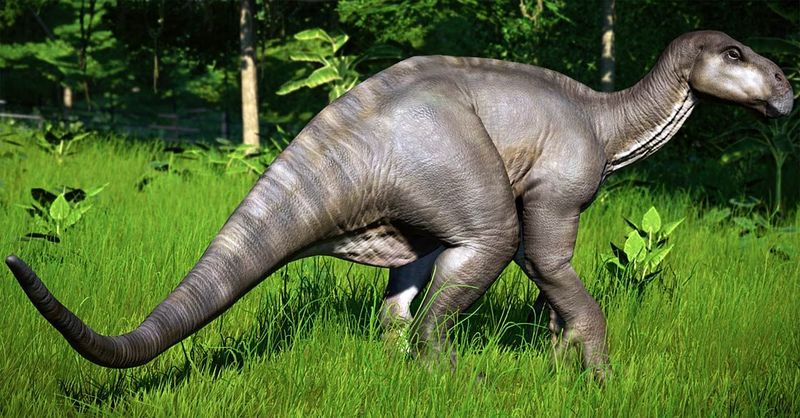
Sporting a distinctive thumb spike and an ability to walk on either two legs or four, Iguanodon was one of the most successful dinosaurs of the Early Cretaceous period (125-122 million years ago). This adaptable plant-eater reached lengths of 30 feet and weighed around 3-4 tons.
As one of the first dinosaurs ever scientifically described (in 1825), Iguanodon has a special place in paleontological history. Early reconstructions hilariously placed its thumb spike on its nose like a rhino horn! Modern science has corrected this error.
Particularly abundant in Europe, these dinosaurs had specialized teeth that worked like scissors to cut through tough plant material. Their versatile posture – able to graze on all fours or reach higher plants on two legs – helped them thrive across different environments for millions of years.
7. Spinosaurus: The River King
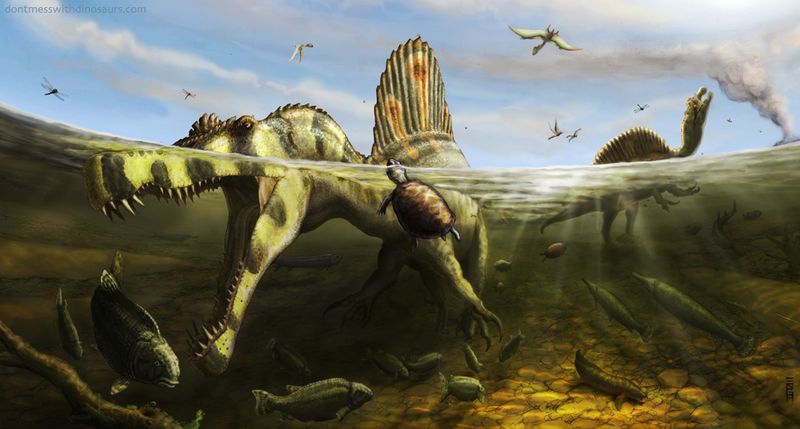
Imagine a dinosaur bigger than T. rex with a massive sail on its back and a crocodile-like snout! Spinosaurus from the mid-Cretaceous period (100-93 million years ago) was truly extraordinary – the largest known carnivorous dinosaur at potentially over 50 feet long.
Recent discoveries have revolutionized our understanding of this Egyptian giant. Unlike other large predatory dinosaurs, Spinosaurus had dense bones, paddle-like tail, and shorter legs – adaptations for a semi-aquatic lifestyle. It’s the only known swimming dinosaur!
The enormous neural spines forming its sail could have reached 7 feet tall. This dramatic feature might have regulated body temperature, attracted mates, or intimidated rivals. Spinosaurus likely hunted massive prehistoric fish in ancient river systems that once flowed through North Africa.
8. Ankylosaurus: The Living Tank
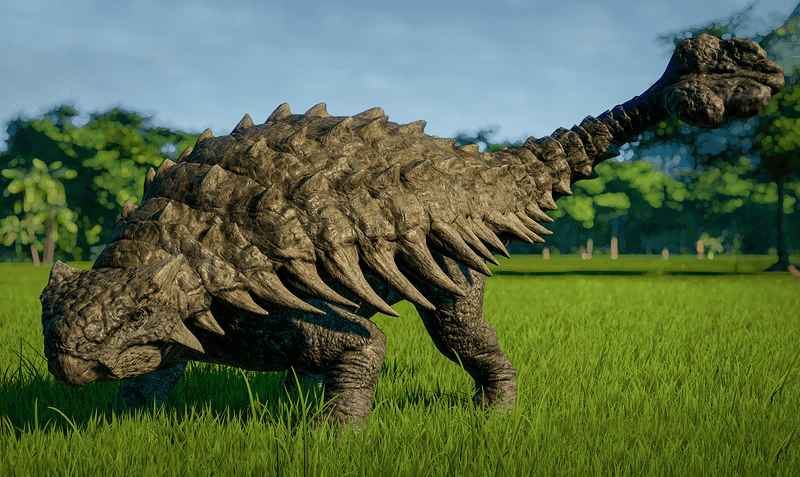
Covered from head to tail in bony armor with a massive club at the end of its tail, Ankylosaurus was essentially a dinosaur tank! This heavily armored herbivore lived during the Late Cretaceous period (68-66 million years ago) alongside Tyrannosaurus rex.
Despite weighing up to 8 tons and stretching 30 feet long, Ankylosaurus had a relatively small brain and simple diet of low-growing plants. Its wide, horny beak was perfect for stripping vegetation, while its lack of teeth meant it simply crushed food in its enormous gut.
The business end was definitely that tail club – weighing as much as 45 pounds and swung with tremendous force, it could potentially break the leg bones of attacking predators. Even the mighty T. rex would think twice before attacking this walking fortress!
9. Triceratops: The Three-Horned Face
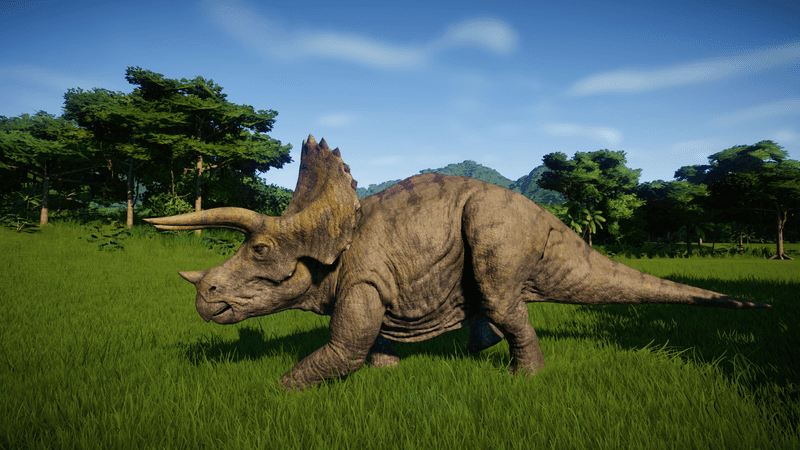
With its three distinctive facial horns and massive bony frill, Triceratops is among the most recognizable dinosaurs ever. These rhinoceros-like herbivores roamed western North America during the very end of the Cretaceous period (68-66 million years ago).
Growing up to 30 feet long and weighing 6-12 tons, Triceratops possessed one of the largest skulls of any land animal – reaching over 8 feet in length! The purpose of their elaborate headgear continues to fascinate scientists. While defense against predators seems obvious, evidence suggests the frills and horns were also used for species recognition and competing for mates.
These social herbivores had powerful beaks and batteries of teeth designed for slicing through tough vegetation. They shared their habitat with Tyrannosaurus rex and likely used their impressive weapons to defend themselves against this fearsome predator.
10. Tyrannosaurus Rex: The Tyrant King
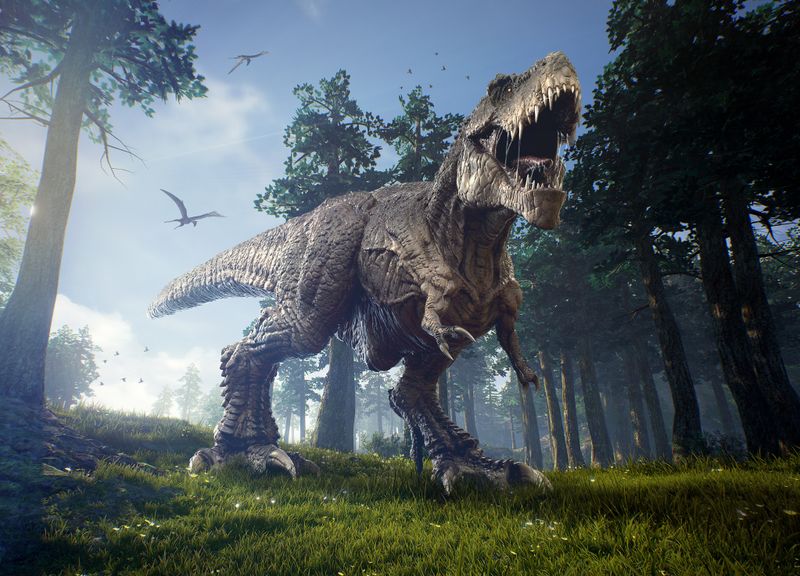
No list of dominant dinosaurs would be complete without the legendary T. rex! Ruling North America at the very end of the Cretaceous period (68-66 million years ago), this iconic predator represents the pinnacle of carnivorous dinosaur evolution.
Stretching up to 40 feet long and weighing 9 tons, T. rex possessed the strongest bite force of any land animal ever – able to crush bones with over 12,000 pounds of pressure. Its massive skull housed 60 banana-sized teeth and some of the largest olfactory lobes of any dinosaur, giving it an exceptional sense of smell.
Despite its fearsome reputation, recent research suggests T. rex was more complex than previously thought. It had surprising intelligence, excellent vision, and may have been a caring parent. As the asteroid struck and ended the dinosaur era, T. rex truly went out as the reigning king.

